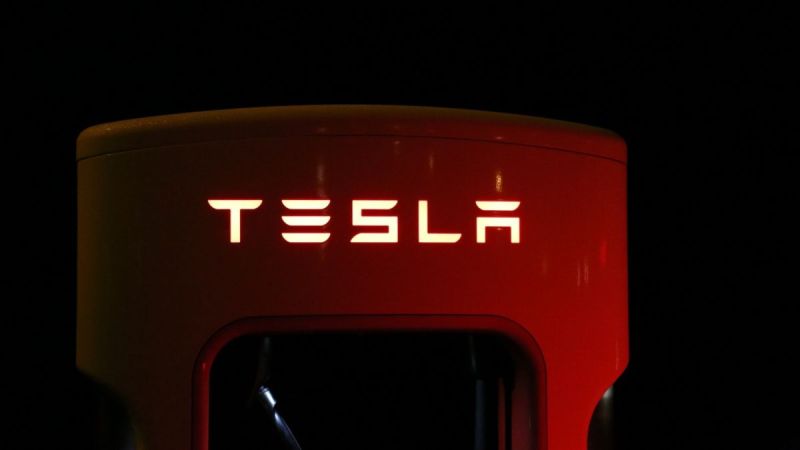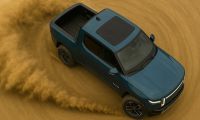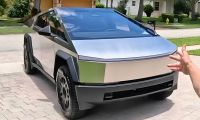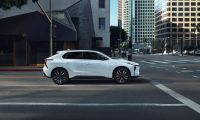The race towards a sustainable future is reshaping the automotive industry, with electric vehicles (EVs) at the forefront. This article delves into General Motors' (GM) decision to adopt the North American Charging Standard (NACS) and leverage the Tesla J1772 plug. This strategic move aims to enhance EV infrastructure, onboard more car companies to EVs sooner, and solidify GM's position in the evolving market. Meanwhile, companies like EVgo face the challenge of competing against Tesla's extensive charging network, prompting them to support all plug types to secure market share.
GM's Drive for EV Infrastructure Expansion:
GM taps into a growing charging network by aligning with the NACS and utilizing the widely accepted Tesla J1772 plug. Leveraging Tesla's vast infrastructure of over 45,000 charging stations provides GM owners with increased confidence and convenience in the EV charging experience. This move enables GM to focus on manufacturing innovative electric vehicles while relying on Tesla's charging network to support its customer base.
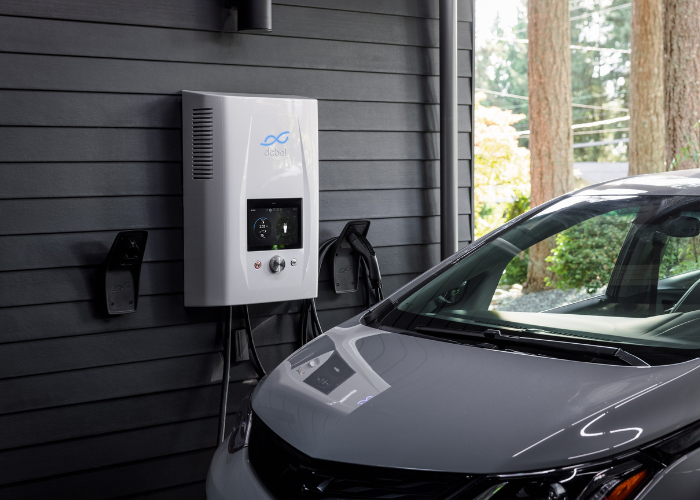 Photo Source: Pixabay
Photo Source: Pixabay
Building Customer Trust and Accelerating EV Adoption:
GM's decision to adopt the Tesla J1772 plug carries significant implications for the perception of EVs among potential buyers. By leveraging the widely recognized and reliable Tesla network, GM sends a powerful message to consumers: EV adoption is a bright and viable choice. This partnership bolsters confidence in the charging infrastructure, ultimately accelerating the transition to EVs by easing concerns about range anxiety and accessibility.
Gaining Competitive Edge and Market Share:
In the highly competitive EV market, gaining market share is crucial for automakers like GM. By aligning with Tesla's charging standard, GM positions itself strategically to capture a more significant portion of the market. With Tesla's expansive charging network, GM can attract potential buyers who value the availability and convenience of charging infrastructure. This alliance strengthens GM's competitive edge and bolsters its position as a leader in the evolving EV landscape.
 Photo Source: Dcbel
Photo Source: Dcbel
EVgo's Challenges and Market Share Concerns:
Unlike Tesla, EVgo faces a formidable challenge regarding the charging infrastructure scale. With limited resources and a smaller network, EVgo must find alternative strategies to secure its share of the EV market. By pledging support for all plug types, EVgo aims to accommodate various EV models and entice users who may not have access to Tesla's extensive network. However, without a robust infrastructure comparable to Tesla's, EVgo risks losing market share and potentially having to sell its charging stations to industry giants.
Conclusion:
GM's adoption of the NACS and the Tesla J1772 plug represents a calculated and strategic move that addresses both the immediate needs of their customers and the long-term goals of EV adoption. By leveraging Tesla's extensive charging network, GM enhances its EV infrastructure, instills buyer confidence, and gains a competitive edge. Meanwhile, companies like EVgo face an uphill battle, grappling with limited infrastructure scale and the risk of losing market share to dominant players like Tesla. The future of EV charging infrastructure lies in embracing what works, and GM's decision exemplifies an intelligent and forward-thinking approach to accelerate the transition toward electric mobility.
Thank you for embarking on this journey with us. Together, let's continue exploring, discovering, and unlocking new horizons. Stay tuned for more captivating content to fuel your curiosity and inspire your imagination. We appreciate your readership and look forward to you joining us on our next adventure. Until then, keep dreaming, reading, and coming back for more!
Also, watch Toyota suddenly bringing its BZ4X electric SUV concept to the United States on Torque News Youtube channel, and please subscribe to us on Youtube and follow on Twitter for daily Toyota and EV news reports.
Image source: Peter Neilson
Peter Neilson is an automotive consultant specializing in electric cars and hybrid battery technologies. He holds a Bachelor of Science in Automotive Service Technology from Weber State University. Peter can be reached on Linkedin and you can tweet him at The_hybrid_guy on Twitter. Find his page on Facebook at Certified Auto Consulting. Read more of Peter's stories at Toyota news coverage on Torque News. Search Toyota Prius Torque News for more in-depth Prius coverage from our reporter.


